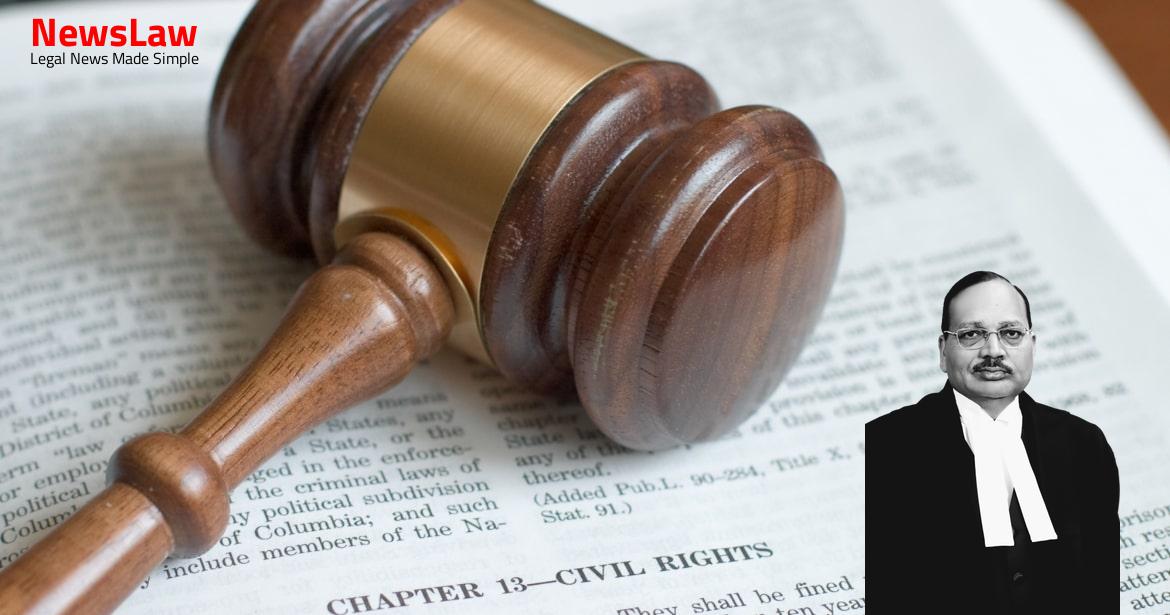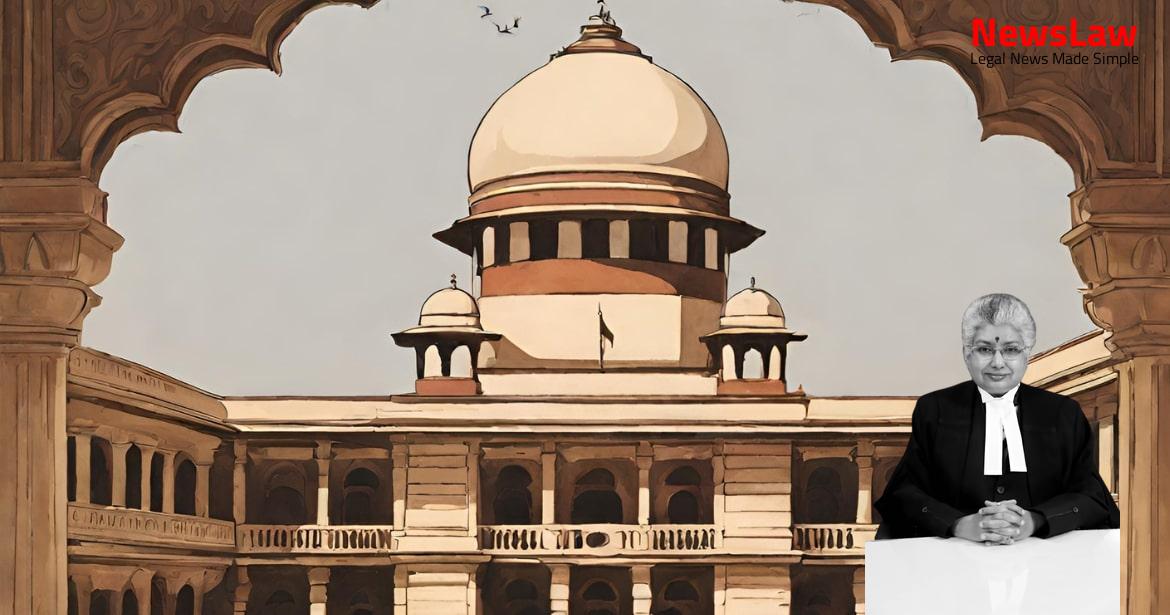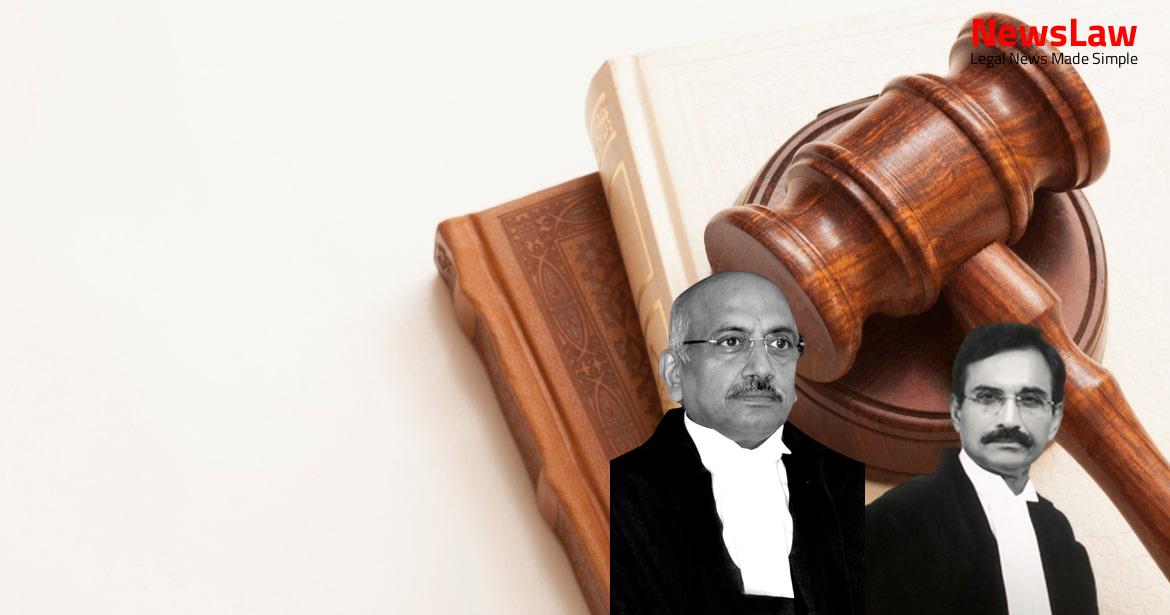In the case of DAMEPL vs. DMRC, the High Court set aside the arbitral award due to patent illegality. Following this decision, a curative petition was filed, leading to the restoration of the award. The legal battle between Delhi Metro Rail Corporation (DMRC) and Delhi Airport Metro Express Pvt. Ltd. (DAMEPL) continues as the court examines the validity of the curative petition. Find out more about the details and significance of this case.
Facts
- The petitioner, Delhi Metro Rail Corporation, is a state-owned company wholly owned by the Government of India and the National Capital Territory of Delhi.
- In April 2012, DAMEPL sought a deferment of the concession fee, citing delays in providing access to the stations by DMRC.
- Following this application, after inquiry and inspection, the CMRS issued sanction on 18 January 2013.
- The Concession Agreement envisaged a public-private partnership for providing metro rail connectivity between New Delhi Railway Station and the Indira Gandhi International Airport and other points within Delhi.
- Consequently, on 22 January 2013, AMEL operations were commenced by DAMEPL.
- Specifically, the metro was to be run at a speed of 50kmph, and an increase in speed beyond 50kmph up to 80kmph was to be authorized in steps of 10kmph at a time.
- This, the Tribunal held, amounted to a breach of DMRC’s obligations under the 2008 agreement resulting in a material adverse effect on the concessionaire.
- Enclosed with the application was an administrative note jointly signed by representatives of both DAMEPL and DMRC, which the judgment will refer to later in the course of the case.
- The High Court’s interference with the patent illegality was justified.
- The Division Bench found the award to be partly perverse and patently illegal.
- The Tribunal’s oversight of vital evidence warranted the High Court’s intervention under Section 37 of the Arbitration Act.
- The award failed to consider crucial facts and evidence crucial to the issues before the tribunal.
- The termination was found effective only on 07 January 2013 as per the agreement.
- The Metro was running at 80 kmph before termination and currently runs at 120 kmph with fresh CMRS sanction.
- The purpose of the line to serve as a high-speed line was impeded by speed restrictions imposed.
- DMRC had not paid for operation between 01 January 2013 to 30 June 2013 except for a fraction of the awarded amount.
- The termination notice was deemed invalid by the tribunal if effective steps were taken by DMRC to comply with cure obligations under the Metro Railways Act, 2002.
- The award granted DAMEPL various entitlements including termination payment, operating expenses, bank guarantee refund, and security deposit refunds.
- DMRC challenged the award through an application under Section 34 of the Arbitration and Conciliation Act 1996.
- The Tribunal’s findings on CMRS sanction were deemed incorrect as it overlooked the legal effect of the CMRS certificate and erroneously treated it as irrelevant to the termination issue.
- The purpose of the agreement was considered fully subserved by the continuous operation of the metro line.
- The terms of the agreement and the CMRS process under the 2002 Act were observed to be intrinsically connected.
- The issue of line fitness fell under the jurisdiction of the Commissioner under the 2002 Act.
- The speed of operations on the metro line gradually increased over the years, ultimately reaching 110 kmph in 2023.
Also Read: Environmental Violations Case: TNPCB v. Copper Slag Unit
Issue
- The issues before the court are whether the curative petition is maintainable and whether the decision to restore the arbitral award was justified.
- The court must determine if the curative petition meets the necessary criteria to be considered maintainable.
- The high court had previously set aside the arbitral award due to patently illegality, raising the question of whether the decision to restore it was valid.
Also Read: High Court Upholds Decision on Minimum Eligibility Cut-Off in Judicial Promotions Case
Analysis
- The Court found that the Division Bench of the High Court correctly applied the test of Section 34 of the Arbitration Act in determining the perversity and patent illegality of the arbitral award.
- The Division Bench noted that the arbitral tribunal ignored vital evidence on the record, leading to its decision of perversity and patent illegality.
- The Judgment under review failed to justify its interference with the well-considered decision of the Division Bench of the High Court.
- The Court disagreed with the re-assessment of the Division Bench’s interpretation, particularly concerning the relevance of the CMRS certificate and the issue of safety.
- It was noted that the Division Bench provided more than adequate reasons for its conclusion about the arbitral award suffering from perversity and patent illegality, which the curative petition sought to address.
- The Judgment failed to address the crucial aspect of ‘effective steps’ within the termination clause, overlooking essential evidence and matters on record.
- There was a misinterpretation by the arbitral tribunal regarding the termination clause, where it separated the validity of termination from the relevance of the CMRS certificate, leading to an erroneous finding.
- The CMRS certificate was deemed irrelevant without proper reasoning, despite its significance in deciding the safety of operations.
- The significance of the CMRS certificate as a vital piece of evidence was overlooked, and its relevance to ‘effective steps’ was not adequately considered, resulting in unreasoned conclusions.
- The Court emphasized the need to limit the curative jurisdiction to cases where there is a grave miscarriage of justice due to the court acting beyond its jurisdiction, ensuring that curative proceedings do not become a second review process.
- The Court emphasized that the arbitrator must consider the terms of the contract and applicable trade usages.
- The provision for curative jurisdiction is not exhaustive.
- Certain procedural requirements, such as a certificate by a Senior Advocate, are necessary for entertaining a curative petition.
- Justice Banerjee introduced the test of ‘manifest injustice’ for exercising jurisdiction under Article 142 in curative petitions.
- A perversity in the award was not found by the Court in an appeal against a High Court judgment.
- Examples of patent illegality include decisions beyond jurisdiction, breach of natural justice, and awards without reasons.
- Perversity can arise from findings based on no evidence or irrelevant material.
- Unreasonableness in interpreting a contract can render an award perverse.
- Various situations were outlined where reconsideration of a final judgment post-review dismissal might be necessary.
- An award was considered perverse due to overlooking contractual terms and misinterpretation of termination clauses.
- Alternate dispute resolution should not be frustrated by interference, but unreasonable interpretations can make an award perverse.
- The importance of factual findings and evidence in determining perversity of an award.
- The Division Bench found an award in the case at hand to be perverse, irrational, and patently illegal due to essential evidence being ignored.
- The Court applied the standard of a ‘grave miscarriage of justice’ in this case.
- There was no valid basis for the Court to interfere under Article 136 of the Constitution.
- The arbitral tribunal perverted the arbitration process to benefit DAMEPL, resulting in an undeserved windfall.
- The Court’s interference led to the restoration of a patently illegal award.
Also Read: Protecting LGBTQ+ Rights: Supreme Court’s Landmark Judgment on Habeas Corpus Petitions
Decision
- Pending applications have been disposed of
- Curative petitions have been allowed
Case Title: DELHI METRO RAIL CORPORATION LTD. Vs. DELHI AIRPORT METRO EXPRESS PVT. LTD. (2024 INSC 292)
Case Number: CURATIVE PET(C) No.-000108-000109 / 2022



